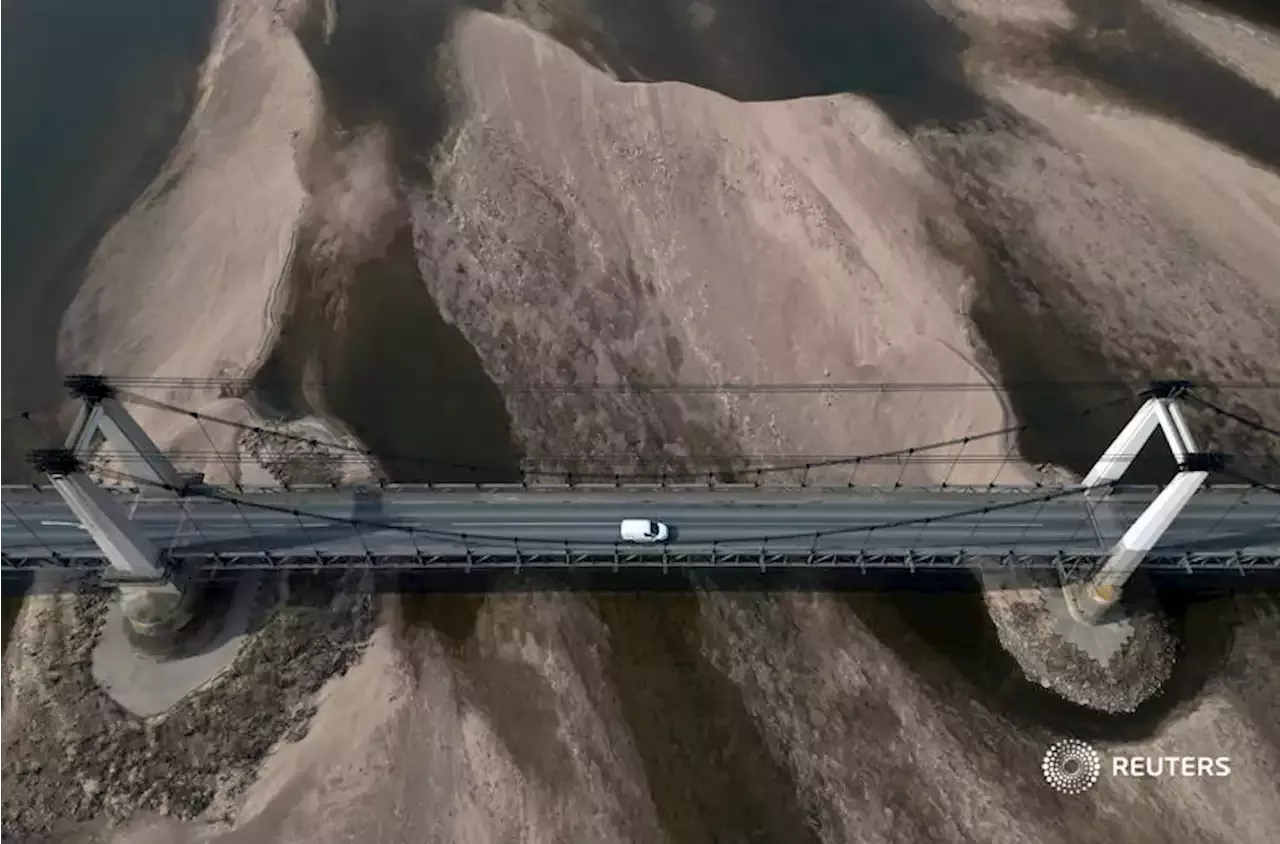Today, poorer nations pay the highest human cost of climate change. They also pay the highest price for capital to shield themselves from it and prosper from the solutions. Take solar power: in Ghana the rate of borrowing can be up to five times that in Germany, rendering the cheapest form of electricity out of reach to those that need it most.
Multilateral Development Banks like the World Bank can help. But current arrangements to get climate finance from developed to developing states are. There is a need for a new and radical approach. The best way to do so is via a new scheme launched at November’s COP27 event called “1% for 1.5C”. This kind of soft loan would obviously incur a cost between the artificially low 1% rate the countries pay and their market cost of finance, which can10%. The difference could be subsidized in part through the as-yet unpaid portion of the promised $100 billion climate finance pledge, estimated conservatively at $20 billion annually.
This 1% for 1.5C plan would reduce the cost of capital at a time when the global economy faces powerful economic headwinds. And it helps minimize developing countries’ indebtedness, in comparison to the current practice. Without those debt loads in check, countries cannot invest in their resilience.
Business Business Latest News, Business Business Headlines
Similar News:You can also read news stories similar to this one that we have collected from other news sources.
 Breakingviews - China investment drowns out decoupling rhetoricInternational companies are reinforcing President Xi Jinping’s message that China is open for business. It’s a brief comfort for investors fretting about whether and how the country will fit into world trade given its soured relations with the United States. ኣይተረደእንን
Breakingviews - China investment drowns out decoupling rhetoricInternational companies are reinforcing President Xi Jinping’s message that China is open for business. It’s a brief comfort for investors fretting about whether and how the country will fit into world trade given its soured relations with the United States. ኣይተረደእንን
Read more »
